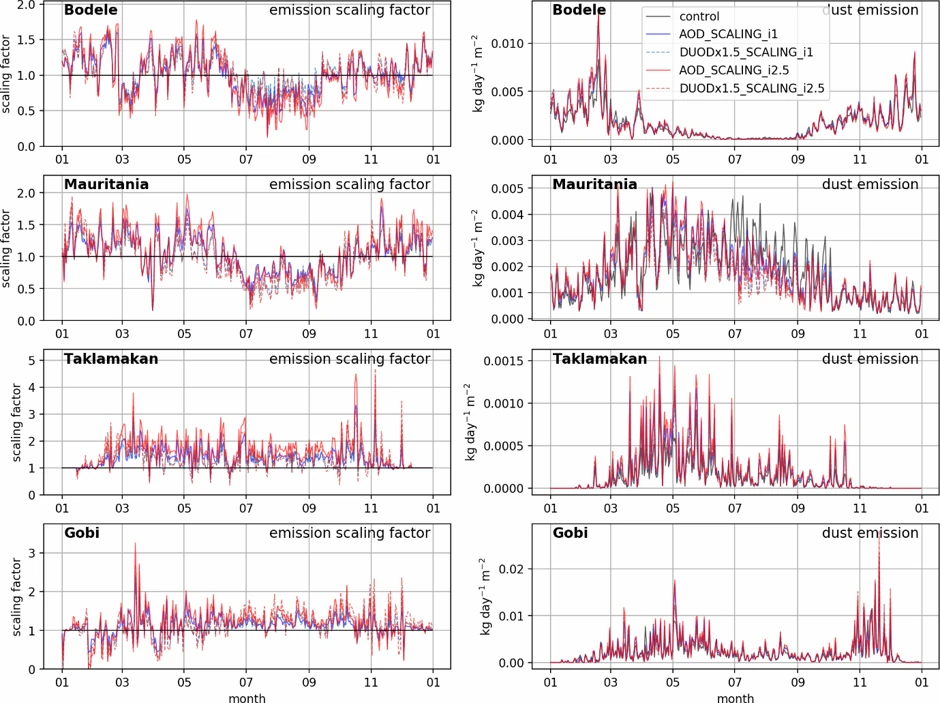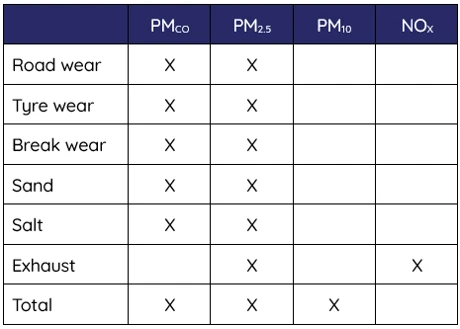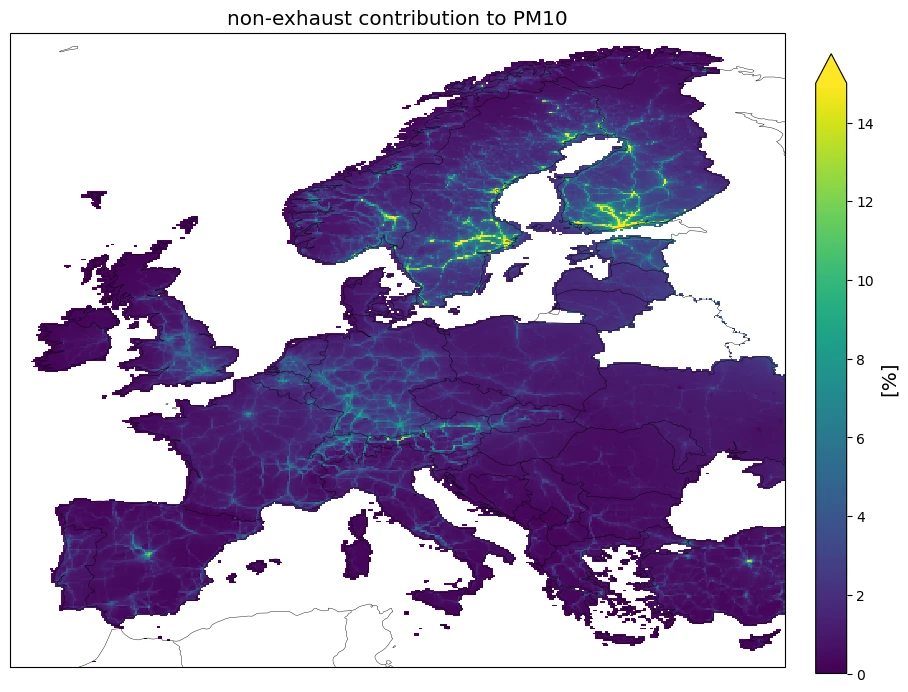Datasets
The CAMAERA project generates a number of datasets. They are made available for the community. Please acknowledge the relevant authors and the CAMAERA project.
Dust Emissions
In CAMAERA WP1, we have generated the best estimate of dust emissions from IFS-COMPO from an ensemble Kalman filter. The dataset includes the IFS-COMPO daily dust emissions of the control run and four versions of a posterior dust emissions, obtained after the assimilation of satellite aerosol optical depth using an ensemble Kalman filter method.
The emission data is provided at a daily resolution on a regular grid of 0.5° in both latitude and longitude, covering a 5-year period from January 3rd, 2017, to December 31st, 2021.
The dataset is available at https://zenodo.org/records/15850843
Yearly cycle (average of the 5 years) of the prior and analysis correction factor (left) and dust emission (right, in Kg m-2 day-1) for four selected sites: Bodélé (17°N, 17.75°E), Mauritania (26°N,12°W), Taklamakan (19°N,82°E) and Gobi (42°N,100°E). Gray line shows the prior, blue lines show the results of the assimilation without inflation (“i1”) in the ensemble and red lines show the assimilation with ensemble inflation (“i2.5”). Continuous lines show the experiments of DUODx1.5_SCALING, dashed lines the experiments with AOD_SCALING. Please note that the x-axis should be read as a generic year.

Road Dust Emissions
Emissions of road dust are a significant contributor to PM10 concentrations in countries where studded tires are in use. In countries without studded tires, non-exhaust PM emission contributions are similar or more than exhaust emissions. Unlike exhaust, non-exhaust emissions are controlled by road surface conditions. Road dust will not be emitted under wet conditions and may build up on the surface during wet winter or frozen conditions. Road dust may then be released when the roads dry up, enhancing emissions in, for example, spring time. This process is not captured by constant non-exhaust emission factors that are currently used in most chemical transport models. This shortcoming may contribute to the underestimation of PM10 during road dust emission events seen in the CAMS forecasts.
In CAMAERA WP5, we have developped a gridded version of the NOn-exhaust Road Traffic Induced Particle emission model (NORTRIP, Denby et al. 2013a, Denby et al. 2013b). It was applied to compute estimated road dust emissions over Europe in 2023.
Calculated emissions, on the CAMS 0.1o x 0.05o grid, contains the variables listes below. They are provided in netcdf format for each day of the year at 1 hour temporal resolution. They are available at: https://thredds.met.no/thredds/catalog/data/fou-kl/uEMEP/CAMAERA/EU_emissions_v2/catalog.html


Contribution (in percent) of road dust emissions to annual mean PM10 concentration. Data are from an EMEP simulation using the GNORTRIP dataset, values averaged over the length of the simulation (year 2023). The highest contribution is 38 %.





